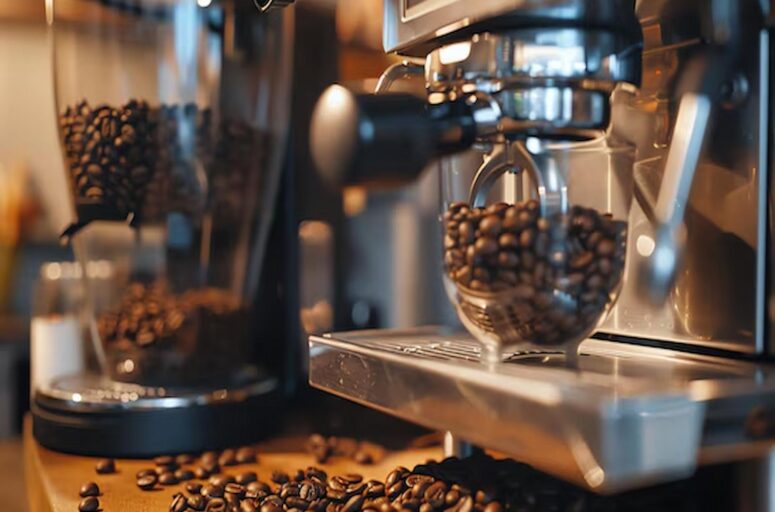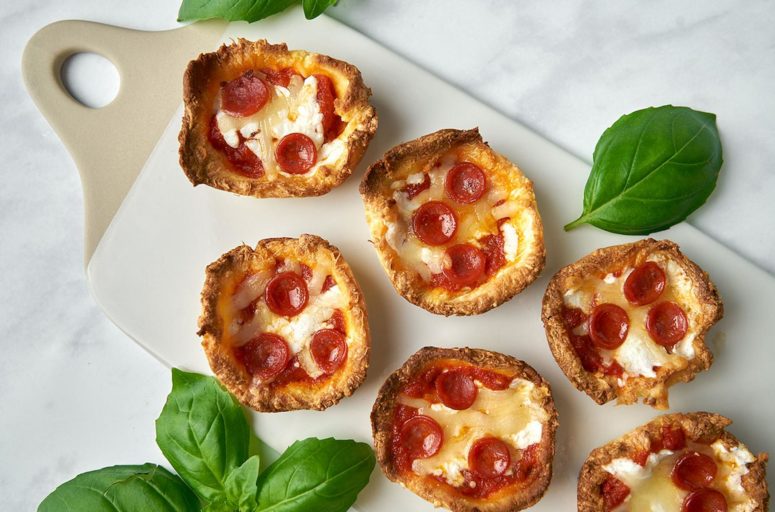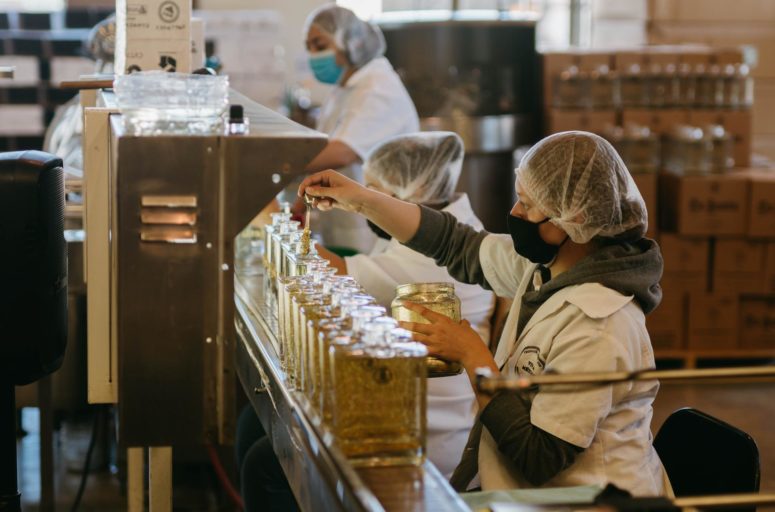Unlock the full flavour of your morning brew with the right coffee bean grinder. This guide explores what makes a grinder essential for great coffee. Learn what features to look for, how to use them properly, and why the right grind matters. Whether you’re a beginner or just upgrading your kit, this article will help you make better coffee at home—fresh, rich, and full-bodied, every time.
Introduction: Why Coffee Starts with the Grind
Good coffee doesn’t start with the machine or the milk—it starts with the grind. The way your coffee beans are crushed has a direct impact on flavour, aroma, and strength. If you’re still using pre-ground coffee, you’re missing out on the real richness that freshly ground beans offer. Grinding your beans gives you complete control over your cup.
The coffee bean grinder is the tool that turns roasted beans into the perfect base for your brew. But not all grinders are the same. From choosing the right one to using it correctly, there are a few things every coffee lover needs to know.
Types of Coffee Grinders
There are two main types: blade grinders and burr grinders. Blade grinders use spinning blades, similar to a blender, to chop the beans. They’re cheap and fast, but often create uneven grounds. Burr grinders crush the beans between two surfaces. These provide a consistent grind, which is key for a balanced cup.
For serious coffee drinkers, burr grinders are the better choice. They cost more, but they provide greater precision and better results. Whether you prefer espresso, French press, or drip, the right grind consistency matters.
A quality coffee bean grinder helps you unlock more flavour from the same beans. That means a smoother, richer, and fresher cup of coffee every morning.
What to Look For in a Coffee Grinder
Choosing a coffee grinder isn’t just about price. You should examine a few key features. First, consider grind settings. Can you adjust the grind for different coffee styles? A grinder with multiple settings allows you to switch between fine settings for espresso and coarse settings for French press.
Next, look at capacity. If you’re brewing for one, a small grinder will do. However, if you plan to make coffee for the whole family, opt for a larger model. Also, check how easy it is to clean. Grinders accumulate oil and fine dust, which can compromise the taste over time.
Another feature is build quality. Grinders made with stainless steel or ceramic last longer and stay sharper. Noise level might be a concern too. Some grinders are quiet, while others sound like power tools.
How to Use a Coffee Grinder Properly
Using a coffee grinder isn’t complicated, but a few tips can make a big difference. First, only grind what you need. Ground coffee starts losing its flavour quickly, even after a few minutes. Always grind just before brewing.
Choose the right setting for your coffee style. A fine grind works best for espresso machines, while a medium grind suits drip brewers. Coarse grind is ideal for the French press. If your coffee tastes bitter, the grind may be too fine. If it’s weak, the grind may be too coarse.
Always clean your grinder regularly. Old coffee oils and particles can accumulate and impact the taste. Unplug the grinder, brush out the leftover grounds, and wipe down the parts. Some models come with cleaning tools.
Once you get accustomed to grinding your own beans, it becomes an integral part of your morning ritual. It’s fast, easy, and totally worth the effort.
Why Fresh Grinding Makes Better Coffee
Coffee starts to lose its flavour the moment it’s ground. Oxygen, light, and moisture all affect freshness. That’s why pre-ground coffee often tastes flat. When you grind your own beans, you lock in more of the natural oils and aromas.
A freshly ground brew smells better and tastes richer. It also gives you more control. You can fine-tune the strength and balance to your liking. Over time, you’ll develop a feel for what grind suits your taste best.
Using a coffee bean grinder helps you extract the most flavour from your beans. It transforms a basic cup into something smooth and satisfying. It’s not just for coffee snobs—it’s for anyone who wants better coffee at home.
Manual vs Electric: Which Should You Choose?
Manual grinders are compact and quiet. They’re perfect for travel or small kitchens. However, they require effort and can take time, especially for fine grinds. Electric grinders are quick and convenient. Just press a button, and you’re ready to brew.
If you drink coffee daily or in larger amounts, an electric grinder is a better choice. If you want more control and don’t mind the workout, a manual grinder is still a solid option.
Ultimately, it comes down to lifestyle and personal preference. Both get the job done, but electric models offer more speed and consistency.
Final Thoughts: Make Your Coffee Count
Choosing the right grinder is the first step to better coffee. A good grind can improve your morning routine and make every sip more enjoyable. From grind settings to ease of use, knowing what to look for ensures you get the best value for your money.
Once you start grinding your own beans, you’ll never want to go back. The difference is real—you’ll taste it. Invest in a high-quality coffee bean grinder, learn how to use it effectively, and elevate your home brewing to the next level.
Your cup of coffee deserves more than average. With the right grinder, it can be exceptional.




